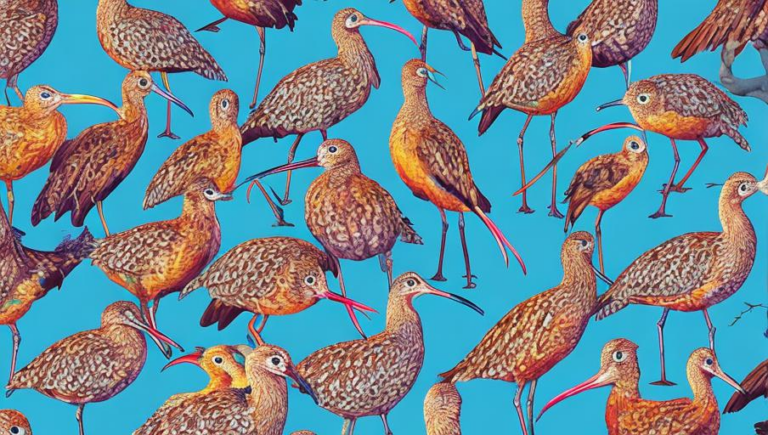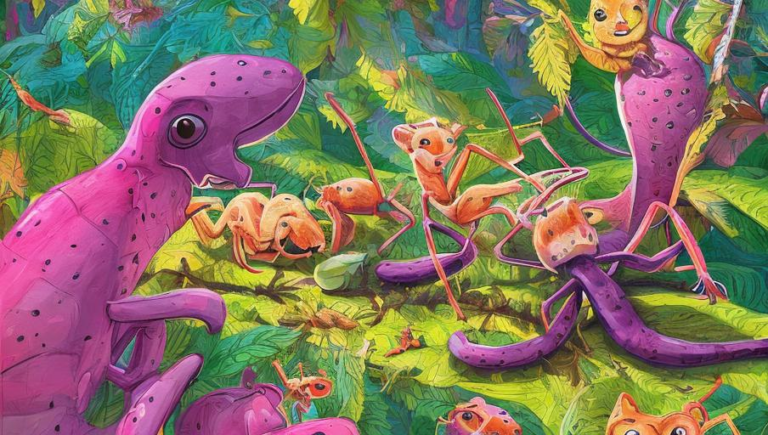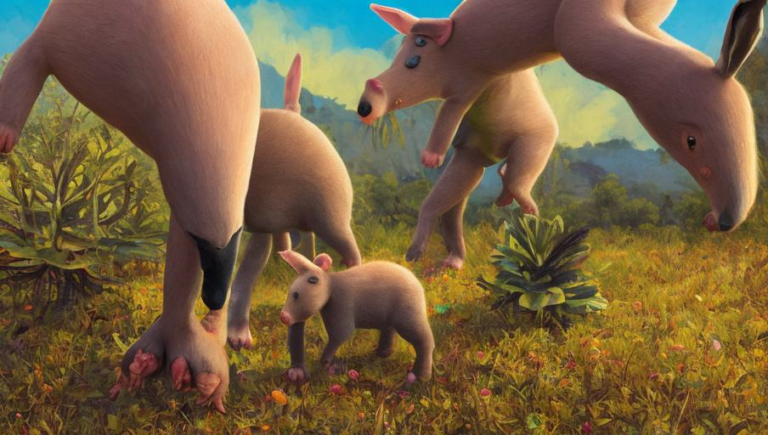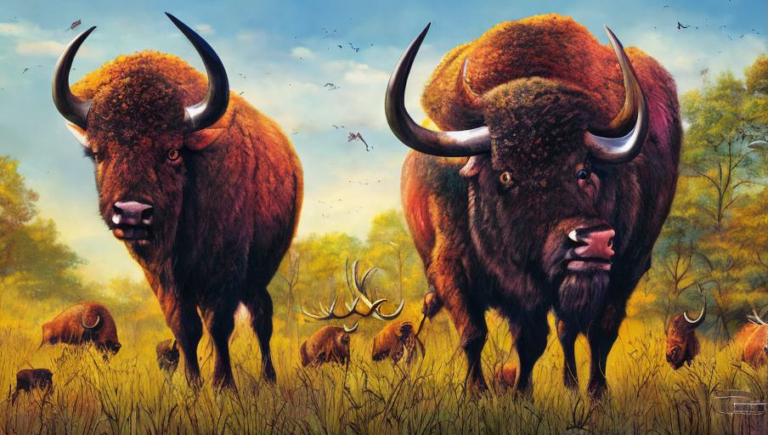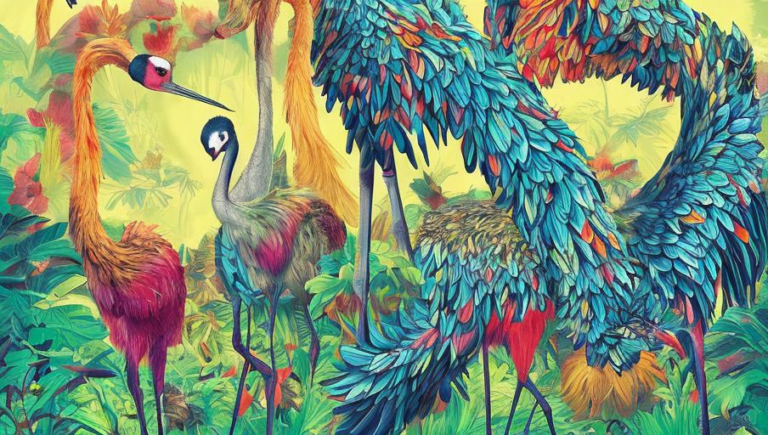Off the Beaten Track: Uncovering Boar Habitats
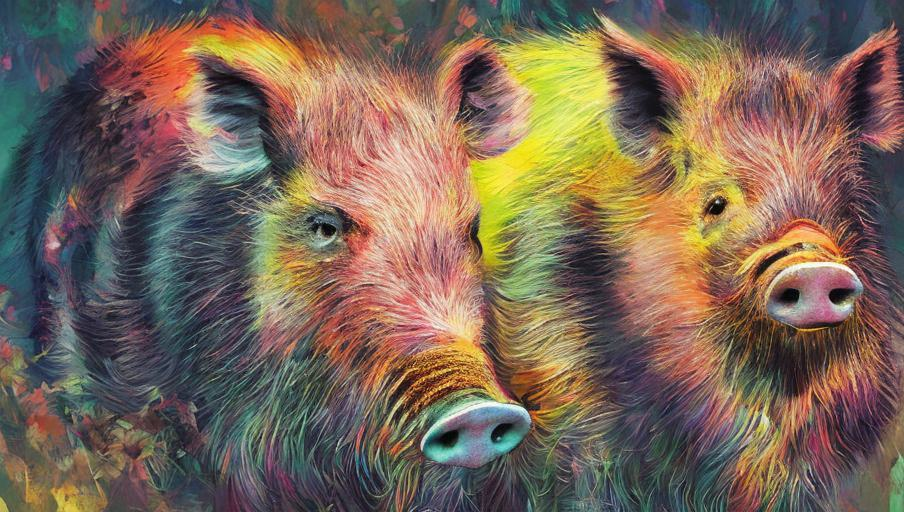
Exploring Boar Habitats
Boars, also known as wild pigs, are an important part of many natural ecosystems. They are native to Europe, Asia, and North America, but can be found in a variety of habitats, including forests, grasslands, and wetlands. Boars have been hunted for centuries for their meat, which is a popular delicacy in some parts of the world. They are also hunted for their tusks and hides, which are used to make decorative items and tools. Despite their popularity, boars are still largely misunderstood and their habitats are often overlooked.
Behavior and Habits of Boars
Boars are omnivores and have a diet that consists of both plants and animals. They use their strong snouts to forage for food, and can often be seen grazing in open areas. Boars form social groups and the dominant males are responsible for protecting the females and the young. These groups can range from a small family unit to larger herds of up to 100 individuals. Boars are highly territorial, and the males will mark their turf with their scent.
Boar Habitats
Boars can be found in a variety of habitats, including forests, grasslands, swamps, and even urban areas. They are most common in deciduous and mixed forests, as they provide a variety of food sources, including nuts, roots, fruits, and insects. Boars also require water, so they can be found near rivers, streams, and wetlands. They are also adaptable to human-altered habitats, such as agricultural fields, woodlots, and suburban areas. Boars are mostly active at night, and tend to hide in areas with dense vegetation during the day.
Threats to Boar Habitats
Boar habitats are under threat from a variety of human activities, including deforestation, agricultural expansion, and urbanization. These activities can lead to the destruction of their food sources, as well as their habitats. Boar hunting is also a major threat, as the animals are often hunted for their meat and tusks. In some areas, boars are seen as pests, and hunting is used to control their numbers. Climate change is also a major threat to boar habitats, as it can lead to drought, flooding, and other extreme weather events.
Conservation Efforts
There are a number of conservation efforts in place to protect boar habitats and populations. In some areas, hunting is strictly regulated and quotas are enforced to ensure sustainable harvesting. Protected areas have also been established to provide safe havens for boars and other wildlife. Additionally, education and awareness campaigns are being implemented to raise awareness of the importance of boar conservation and habitat protection.
Conclusion
Boars are an important part of many natural ecosystems, and their habitats are often overlooked. They are threatened by deforestation, hunting, and climate change, but conservation efforts are in place to protect them. By exploring their habitats and understanding their needs, we can help to ensure the future of these fascinating creatures.
